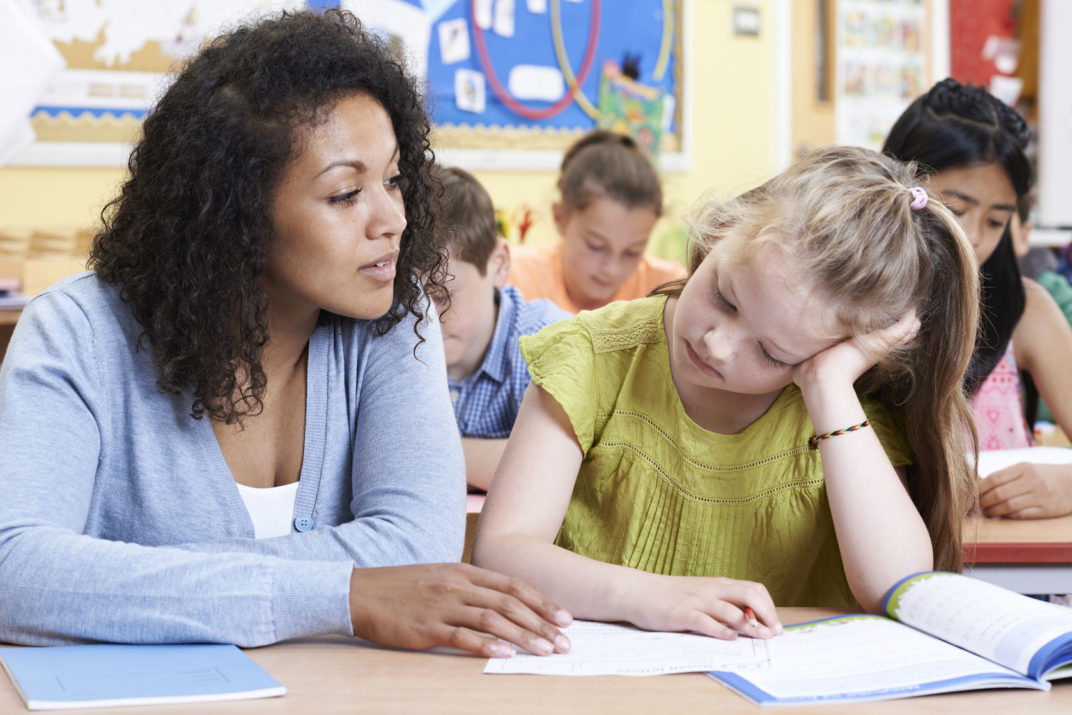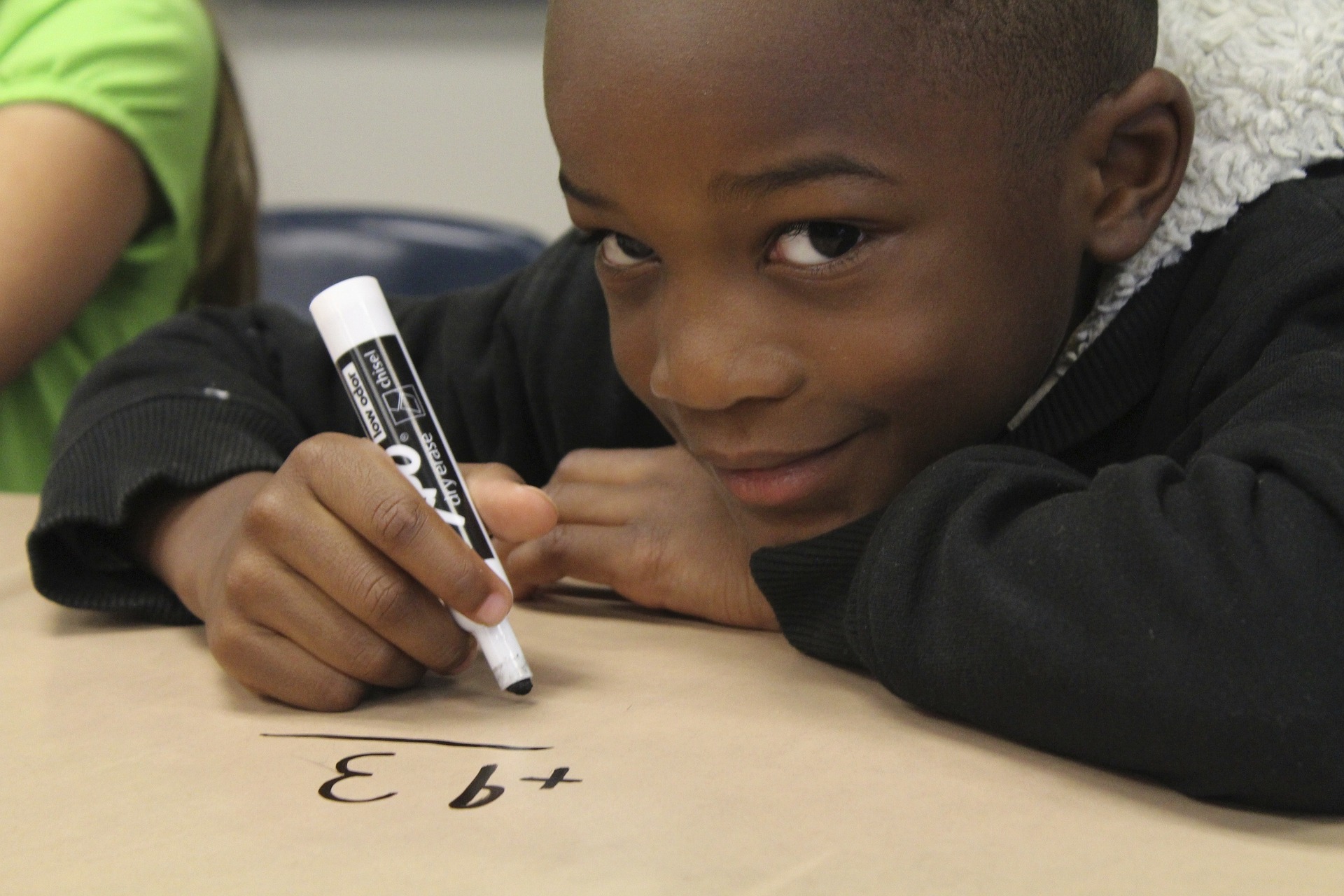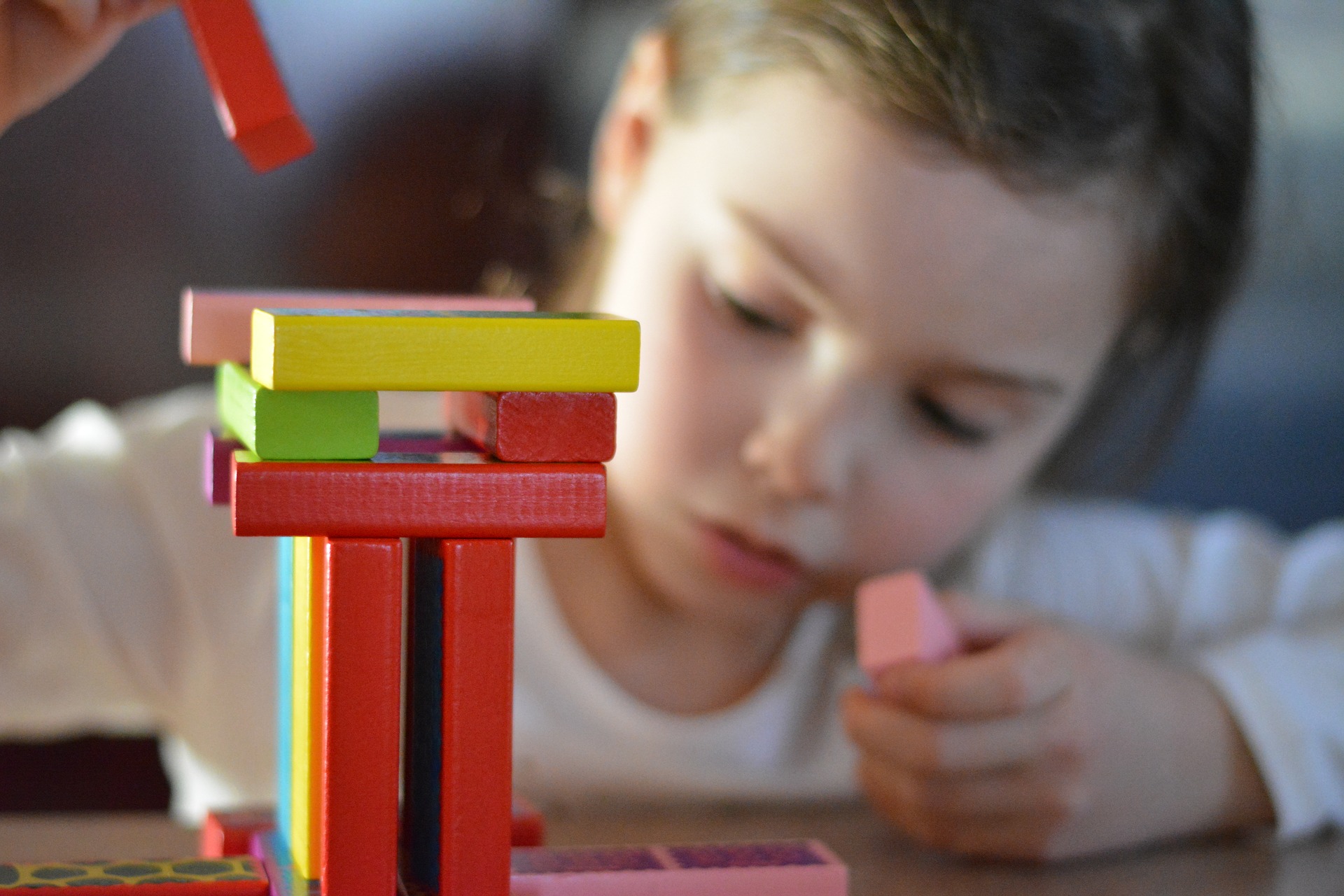
Praise is an important aspect of human interaction. Whether it’s complimenting your friend on an outfit or commending a peer on a presentation, praise allows us to share our appreciation for others, impacts self-esteem and can encourage progress.
Superficial praise, however, can be damaging to a young student’s self esteem and sense of achievement. Children and adolescents, still trying to ascertain their strengths, interests and learning styles, can become confused when given meaningless compliments.
Here’s how to properly use praise in a way that rewards and motivates student learning.
Understanding Effective Praise
From grading papers to choosing a student of the month, teachers are constantly giving praise. But do you know which types of praise you should avoid?
According to a report co-authored by psychologists Carol Dwyer, Carol Dweck, and Heather Carlson-Jaquez, an educational psychologist at Virginia Commonwealth University, there are two types of praise: person praise and process praise. Person praise is when someone is commended based on a trait, and process praise is when someone is praised for their work strategies and outcomes. Although our society is accustomed to using person praise, it can be harmful to a young child’s learning, development and overall sense of self.
As explained by The Stepping Stone School, a family-owned early education institution, praising a trait like appearance or intelligence is never a good idea. Since a child doesn’t have power over such traits, praising them is confusing. They may feel like they don’t have control over their ability to succeed at subjects in school. In turn, this can lead to fixed mindsets where students assume they are either good or bad at a subject.
Furthermore, superficial praise teaches students to think that grades, achievements and awards are the end goal to every lesson. According to John Orlando, an education consultant and editor of The Online Classroom, this causes children to deemphasize learning and the important challenges and processes that go along with it.
Examples of Process Praise
If telling students that they did a great job is no longer acceptable, how can teachers still praise students while encouraging the learning process?
Early education consultant and child development instructor Leah Davies says that effective student praise focuses on a child’s effort, rather than the end result of an effort. “When educators give genuine praise that is specific, spontaneous and well-deserved, it encourages continuous learning and decreases competition among students,” she writes.
Praising effort can also be a great strategy for cultivating perseverance and hard work. Sumitha Bhandarkar at A Fine Parent offers a few tips for parents that can also be applicable to teachers. She explains that when a parent praises effort on an art project, for example, they might make note of how a student’s progress has changed over time. This can remind the student of where they were when they started, helping them draw the connection between hard work and achievement.

In an interview conducted by Christine Gross-Loh, education researcher Carol Dweck agrees that effort should be praised. However, Dweck says that effort alone isn’t enough to cultivate a love of learning. Instead, teachers need to focus on the resources and strategies that went along with that effort. This can help students realize that taking those strategies, and working hard at them, it what leads to true success.
For ideas that encourage a growth mindset among students, which encourages them to learn based on processes and skill development, Laura Varlas at the education association ASCD offers a few tips. Varlas says that teachers should pay attention to the approaches that students take when solving a problem. Trying different strategies, persevering, opting for a challenging project, and putting in the extra effort to learn a skill are all great opportunities to offer process praise.
Growth Mindsets: Math
Different skills and subjects may require different forms of praise. Math is a subject many students struggle with, so it’s important that math praise encourages and motivates a passion for learning. According to Katrina Schwartz at Mind/Shift, society has taught children and parents to believe that some students are good at math, and some students aren’t. However, there’s no scientific evidence that shows why certain people would be better at math than others. In truth, everyone has the ability to succeed at mathematics. To break from this stereotype and help all students achieve at math skills, there are a few things teachers can do.
First off, it’s important to help students change their mindsets about their own math skills. Dr. Jo Boaler, a professor of mathematics education at Stanford, says that students should have a growth mindset when approaching math. So instead of approaching math in a clear-cut way with specific right and wrong answers, explore room for creativity and discussion. When students understand they can discuss their approach to a problem, or ask why something wasn’t correct, they feel more comfortable about failing or being wrong.
If you’re a teacher serious about adopting a growth mindset in mathematics, Boaler has a wealth of resources. As pointed out by STEM blog It’s About Time, Boaler has a book (What’s Math Got to Do With It?) and a website called youcubed. This site is dedicated to discoveries in Boaler’s math research, uniting teachers, researchers, professors and parents in a refreshing new approach to a historically challenging subject.
Research Parent reviewed another of Boaler’s book, Mathematical Mindsets, and says one of the most helpful aspects is that it teaches educators how to change their own mindsets about what it means to learn and teach math. For example, being successful at math doesn’t always mean being fast. In fact, approaching math through a growth mindset takes careful consideration, questioning and answering. These things take time, and seeing math in this way can help you appreciate the effort of students who might be taking a longer time to solve mathematical problems.

Growth Mindsets: Writing
Writing is another subject that students tend to struggle in, and many people have a sense of whether they’re good or bad at the task. To introduce a new mindset and help all students succeed at writing, it’s important to stop focusing on student achievement and start emphasizing a student’s sense of self worth.
High school teacher Amy Conley stopped placing so much pressure on good grades and instead started focusing on how to cultivate stronger writing processes, intrinsic motivation, self-confidence and the willingness to fail in her students. Writing teachers can use open-ended writing prompts and activities that encourage student self-awareness to develop growth mindsets.
Christina, the Daring English Teacher, says it’s a good idea to give students time to write about their changing mindsets, skills and growth as learners. This teaches them to deeply reflect upon the learning process, and helps them recognize their strengths. She also suggests incorporating “vocabulary that focuses on growth mindset, group activities that require students to analyze various types of thinking, and writing prompts that helps students embrace learning as a process” into everyday learning.
Parent educator and author Vicki Hoefle adds that these types of activities can help children learn to self-assess, leading to more productive actions, attitudes and ideas throughout their lives. Additionally, Hoefle says that when students learn self-reflection as a skill, they’re more likely to figure out what’s important to them early on. In turn, this allows them to make choices that lead to fulfilling futures.
Images by: highwaystarz/©123RF Stock Photo, April Bryant, Design_Miss_ C


What do you think?